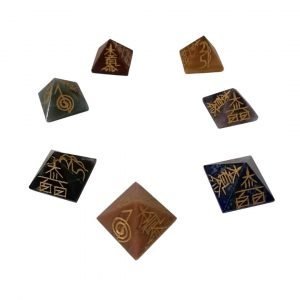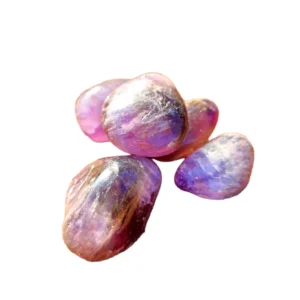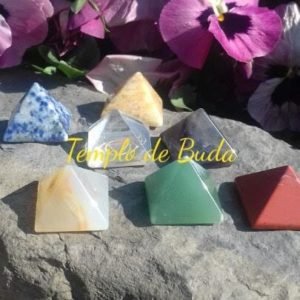Description
Japa Case of 108 beads of 8mm in Carnelian.
Of length 42 cm.
It contains the endless knot (Buddhist knot) also known in Sanskrit as the eternal knot. For Buddhists, it is a symbol of connection between all beings and events representing the perfect harmony of the universe.
The endless knot is one of the “eight auspicious symbols” of Buddhism and has no beginning and no end.
In Tibetan culture, the infinity knot is one of the most precious auspicious symbols because it represents the timeless teachings of Buddha.
In Tibetan Buddhism, the Buddhist knot also represents the Karmic cycle known as Samsara, which continues eternally until the soul attains liberation.
You can read more about Cornalina here
About Japa Malas
A Japa Mala, or simply suitcase (Sanskrit: ,いいい; mālā), refers to a series of accounts, popular in India and Buddhist countries, that are used to keep count while reciting, singing or mentally repeating mantras or the name(s) of a particular deity. In both India and Asia, the recitation of mantras is a very popular practice. As sacred utterances, mantras can be silently repeated or sung for different reasons and purposes. Used predominantly by Hindus, Buddhists and Sikhs as auxiliaries of meditation and devotion, mantras are sound vibrations that instill concentration in the devotee and facilitate spiritual growth.
Japa Mala’s devotional practice resembles the Catholic use of the rosary – the Rosary. Both strings of beads help their respective religious believers record the number of times the prayer/mantra has been said.
The Sanskrit word Japa is derived from the Jap-root, which means “to pronounce in a low voice, to repeat internally, to murmur”.
A wide variety of materials is used to make suitcase accounts. In Hinduism, the Vaishnavas usually use Tulsi’s Japamala beads. The Shaivitas use Rudraksha’s accounts. Aghori practitioners usually use human skull fragments for their bags.
Some Tibetan Buddhist traditions call for the use of bone (animal, most commonly yak) or sometimes human, with the bones of past Lamas being the most valuable. Others use wood or seeds from the Bodhi tree or seeds from the Lotus plant. Semi-precious stones, such as
Carnelian
e
Amethyst
can also be used. The most common and least expensive material is sandalwood. In Hindu Tantra, as well as in Buddhist Tantra or Vajrayana, the materials and colors of beads can relate to a specific practice.
There are several pieces and all of them vary in color, dimension and texture because they are natural and unique crystals in their essence
If you have any questions regarding this product on the Templo de Buda website, you can contact by Whatsapp, email,
Instagram
or
Facebook
.
If you want help cleaning your crystals, Selenite is the most appropriate crystal, but you can see how to treat your crystals here
Wholesale
There are special prices for resale. You can see more here









Reviews
There are no reviews yet.